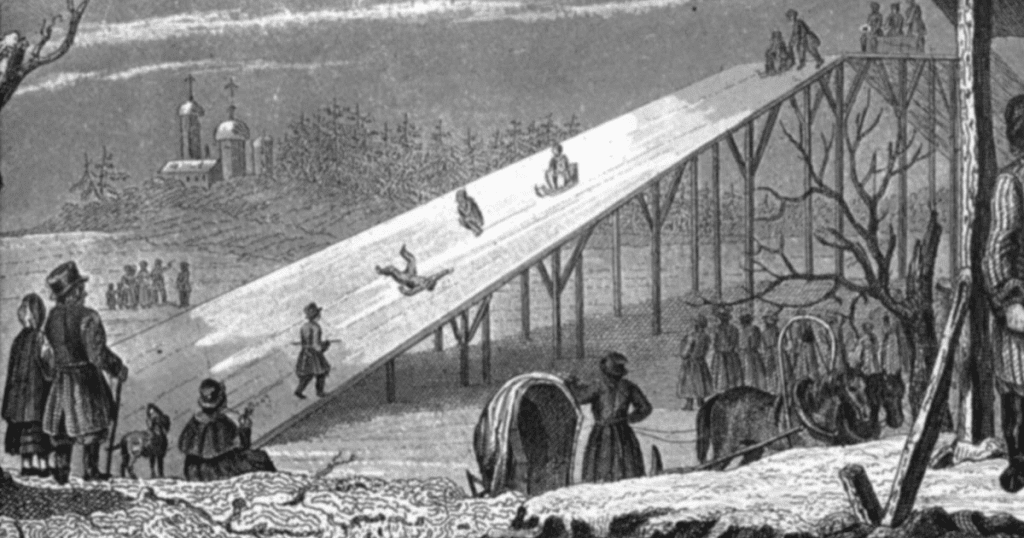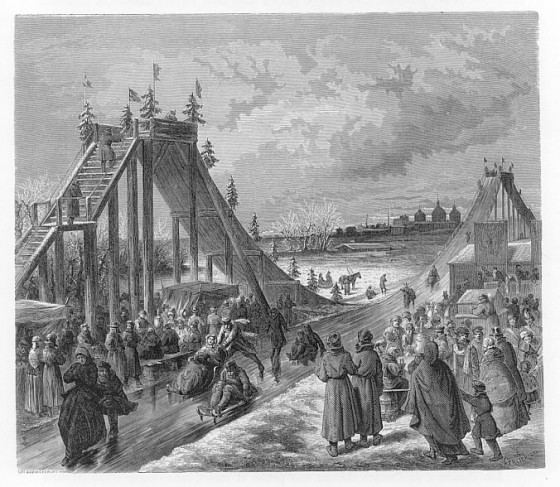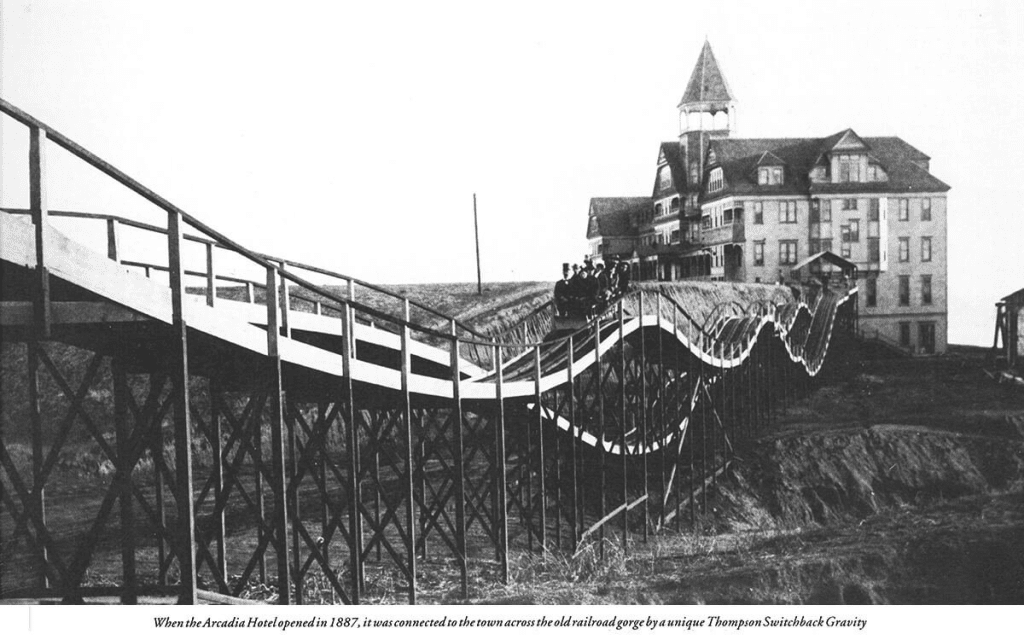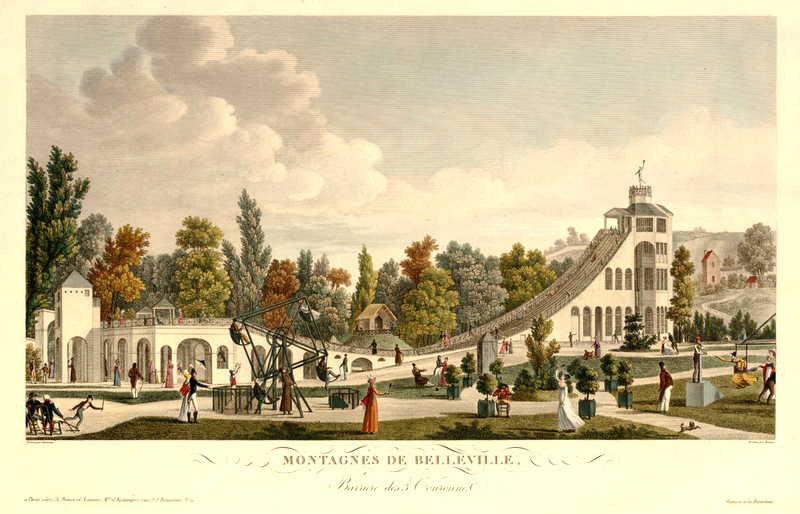When most people think of roller coasters, they picture flashing lights, roaring tracks, and screams of excitement at modern theme parks. But the origins of this adrenaline-pumping ride go back much further and to a much colder place than you might expect. In fact, the very first “roller coasters” were born in the icy landscapes of 17th-century Russia, not in an amusement park, but on towering frozen slides.
Yes, you read that right. Roller coasters actually started as giant ice ramps a favorite winter pastime of Russian nobles looking for a thrill.

The Original Thrill: Ice Slides in Russia
Long before wooden tracks and steel loops, people in Russia were already chasing that roller-coaster rush. In the 1600s, Russians built massive wooden structures during winter. These slides were often 70 to 80 feet high, covered in thick ice, and sloped steeply downward to deliver a wild, gravity-fueled ride.

Riders would climb up the side of the icy ramp with wooden ladders, then zoom down sitting on sleds made of wood or blocks of ice reinforced with straw. There were even straw or sand pits at the end to help slow them down safely. These icy contraptions became wildly popular especially among the wealthy elite.
It wasn’t just for sport. Sliding down an 80-foot slope at high speed on a slippery block was pure, bone-chilling exhilaration. Think of it as 17th-century extreme sports, minus the safety harnesses.
Video:
Essential Roller Coaster History, Episode 1: From Russia With Love (1500’s – 1910’s)
Catherine the Great Takes It to the Next Level
Perhaps the most famous fan of these frozen slides was none other than Catherine the Great. The Russian empress loved the experience so much that she had special ice slides built on the grounds of her palaces. Her favorite? A towering icy ramp at her Tsarskoye Selo estate, where she and guests would ride in sleds designed to go faster and further than ever before.
But ice has its limitations especially when the seasons change. So in 1784, Catherine commissioned a summer version of the ice slides. These weren’t made of frozen water, but featured wheeled carts and wooden rails, essentially creating the first rudimentary roller coaster. Her invention marked a huge leap in ride technology and fun.
Though primitive by today’s standards, these wheeled rides were a breakthrough. Instead of waiting for winter, Catherine and her court could now enjoy thrilling rides in the warmer months a true innovation for entertainment at the time.

“Russian Mountains” Go Global
The popularity of these Russian slides both icy and wheeled soon began to spread across Europe. In fact, early roller coasters in other countries were commonly called “Russian Mountains” as a nod to their origin.
By 1817, the French had taken the idea a step further. In Paris, the first known roller coaster with tracks Les Montagnes Russes à Belleville was constructed. Unlike Catherine’s wooden carts, these rides featured locked-in cars with guide rails, making them safer, more stable, and much more enjoyable for the public.
The French version quickly became a sensation and laid the groundwork for the thrill rides we enjoy today. The idea continued to evolve throughout the 19th century, spreading to the United States and other parts of Europe.

From Wooden Wonders to Steel Beasts
The roller coaster’s evolution didn’t stop there. In the United States, the first true amusement park coaster, the Switchback Railway, opened at Coney Island in 1884. Riders paid a nickel to sit in a cart that coasted down a gentle hill nothing compared to today’s towering steel loops, but a thrill nonetheless.
Video:
The Evolution of Roller Coasters: From Wood to Steel
As materials improved and engineering advanced, roller coasters transformed into the high-speed, gravity-defying attractions we know and love. From wooden coasters like The Beast at Kings Island to steel giants like Kingda Ka at Six Flags, the thrill has only grown more intense.
A Chilling Legacy with a Global Impact
It’s hard to believe, but the screaming, laughing, adrenaline-charged ride you enjoy today traces its roots back to frozen slides in Russia. What began as a wintry noble’s pastime evolved into a global industry worth billions, with roller coasters found in nearly every corner of the world.
So next time you’re buckled into a ride and climbing toward that first big drop, take a second to imagine what it was like sliding down an 80-foot ice ramp in 1600s Russia. Without seatbelts. Or brakes.
Because that’s where this thrilling journey truly began.


